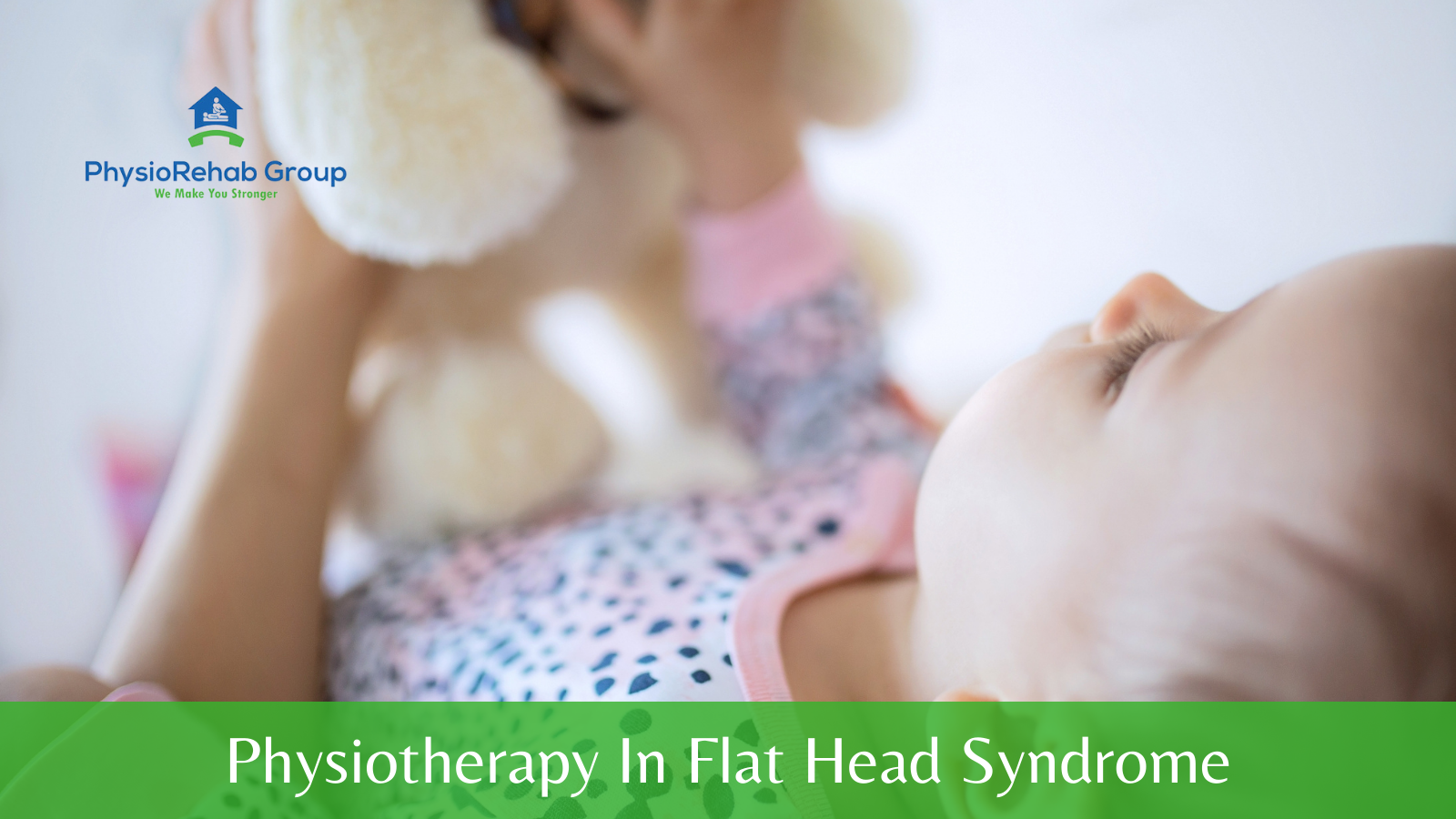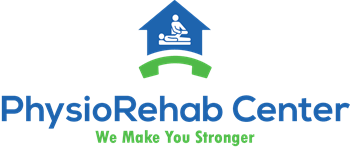
Flat Head syndrome or Positional plagiocephaly is a deformation of the skull caused by sustained external forces on the soft infant skull.The greatest amount of skull deformation usually occurs in the first three months of life when the skull is most malleable and when majority of the time child lying on their back. Basically it follows three patterns – right,left or central occipital flattening.
Signs to look for:
A flattened area on the side or back of the head. Instead of being round, the head may appear slanted in a certain area.
- Ears that aren’t even.
- A bald spot in one area of the head.
- Bony ridges on the skull.
- Lack of a soft spot (or fontanel) on the head.
How Can Physiotherapy Treat Positional Plagiocephaly?
Physiotherapy is the first line of treatment in flat head syndrome. Usually as a parent you will simply massage your child’s neck and move their head a few times per day but a physiotherapist will instruct you on how to massage their neck and how to move their head.These movements will gently stretch your child’s muscles to lengthen the short side.In the beginning, your infant may find these movements and massages uncomforatble but with passage of time your child’s head tilt subside and see them use the full range of motion in their neck.
It can also be prevented through repositioning of your child during the day. There are few repositioning tips like:
- Alternate the side of the head your baby sleeps or lies on.
- Move the crib so your baby must turn their head off the flat side to look around the room.
- Change the baby diaper on the side that isn’t flat rather than with the child lying flat on their back.
- Place all toys on the opposite side of the stroller, swing, crib and infant seat from the flat one to encourage the child to look in that direction and turn their head off the flat side.
- Alternate the hip your infant is carried on to encourage them to look both ways.
- When bottle or breastfeeding, position the infant to keep them off the flat side.
- In the car, place a suction toy or mirror opposite the flat side so your baby will want to look that way.
- When your baby is in the swing, bouncy seat, etc., angle the seat in a way that they need to turn their head to the fuller side to watch you or the activities going on around them.
Practicing tummy time also helps babies develop the muscles necessary to lift their heads and, eventually, to sit up, crawl and walk.
If your child’s condition does not respond to physiotherapy, they may need minor surgery to lengthen the shortened neck muscle. However, with early and frequent physiotherapy, your child can avoid surgery.
So, your first step should be to reach out to us at PhysioRehab Group to start early intervention with your child’s condition. We are open in Bolton and Brampton.

Recent Comments